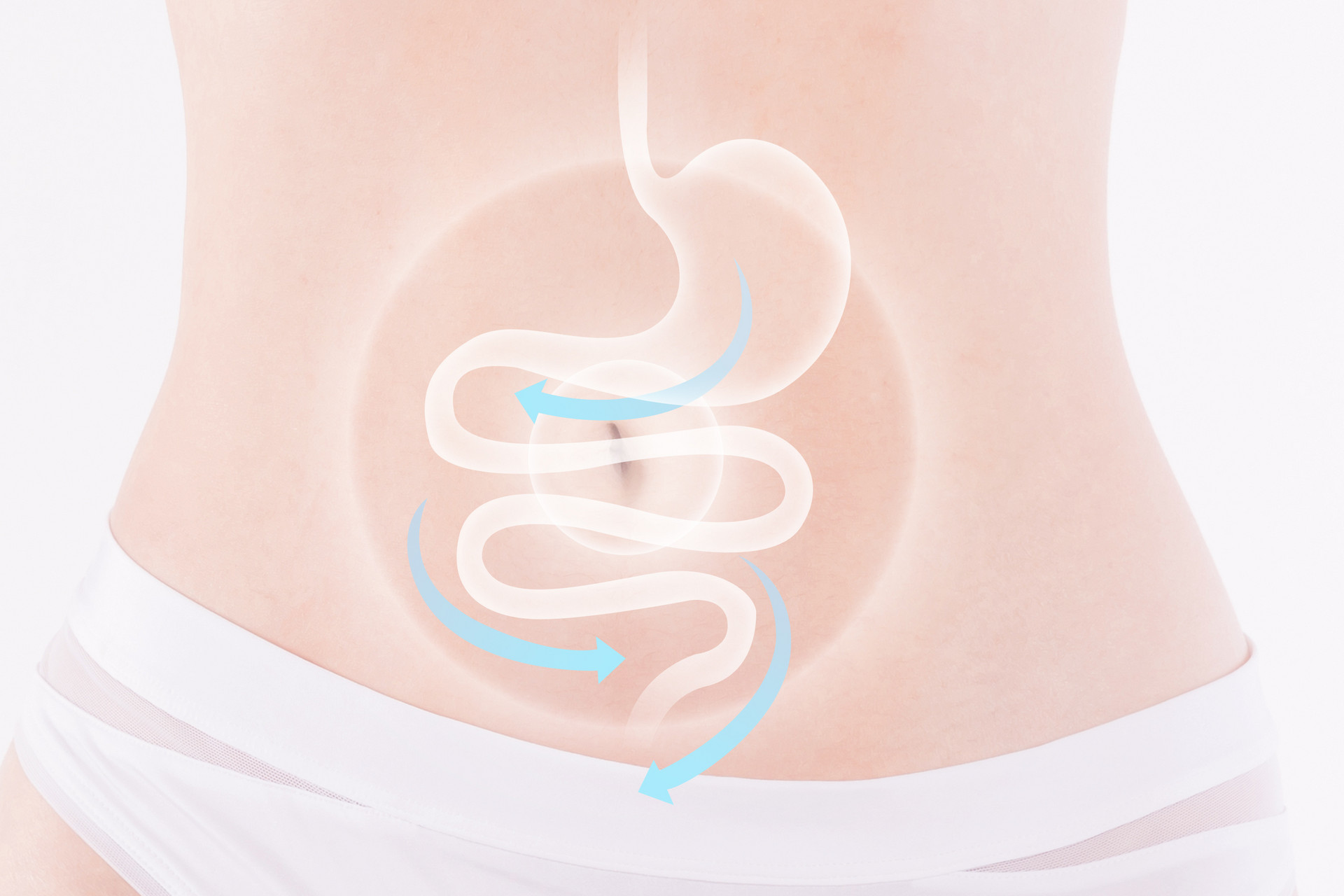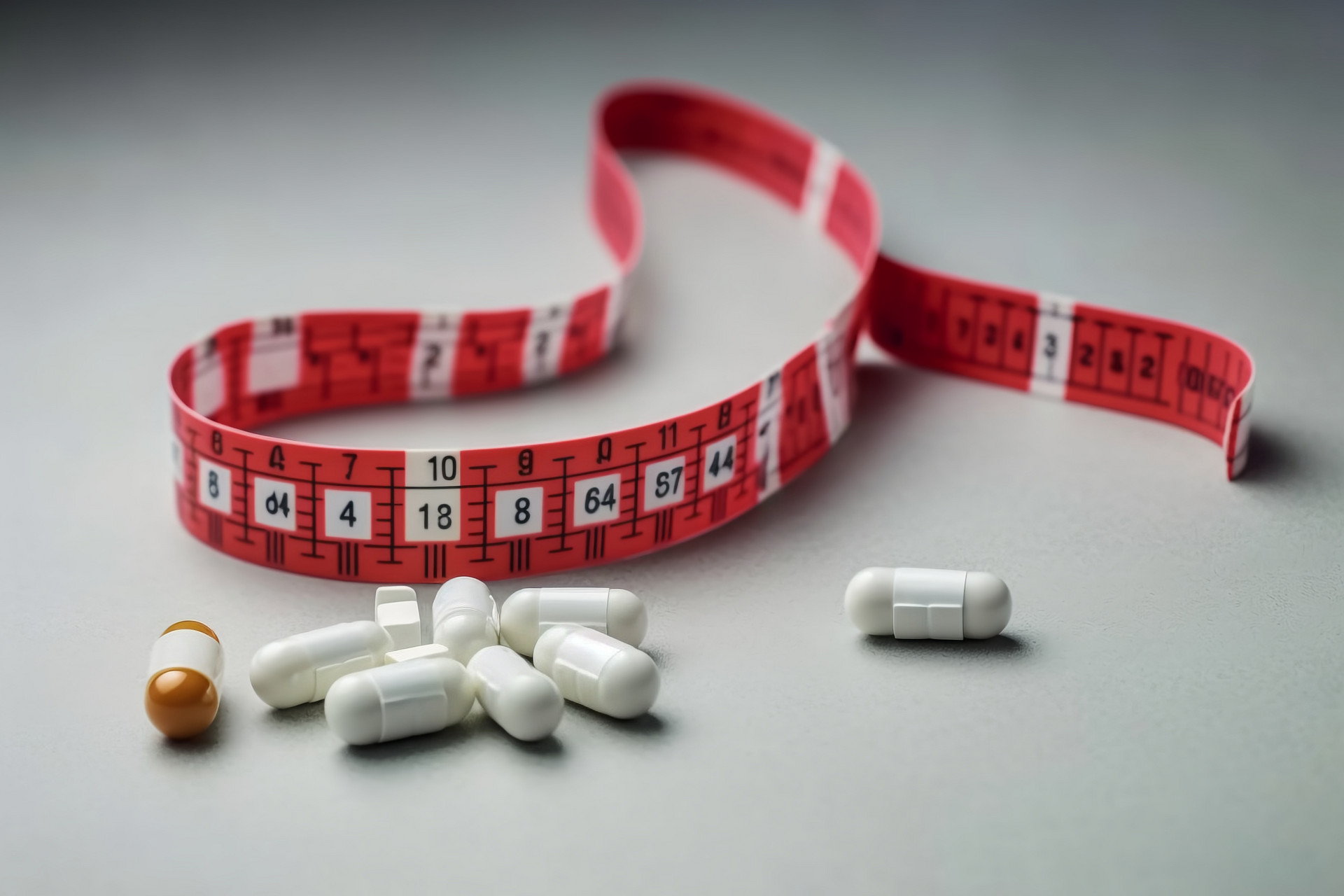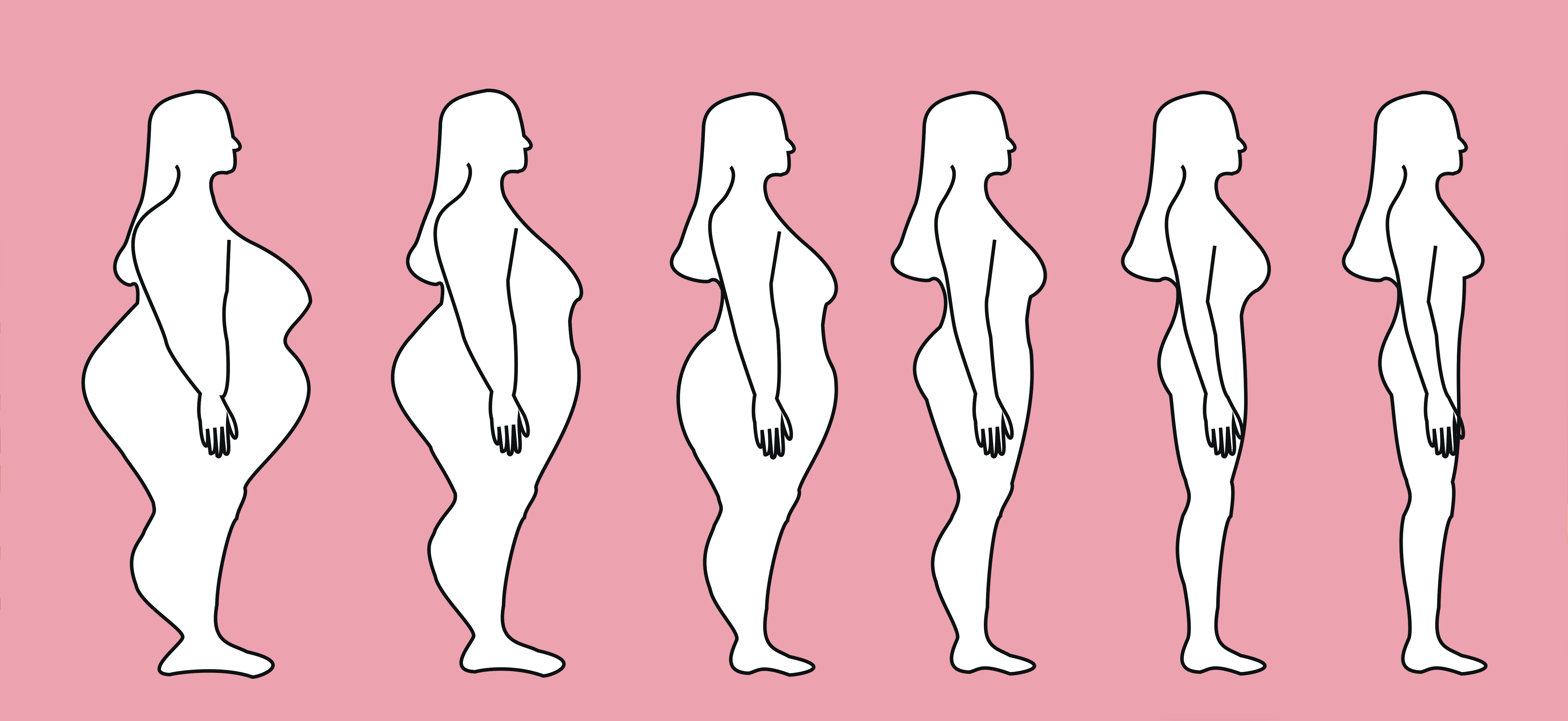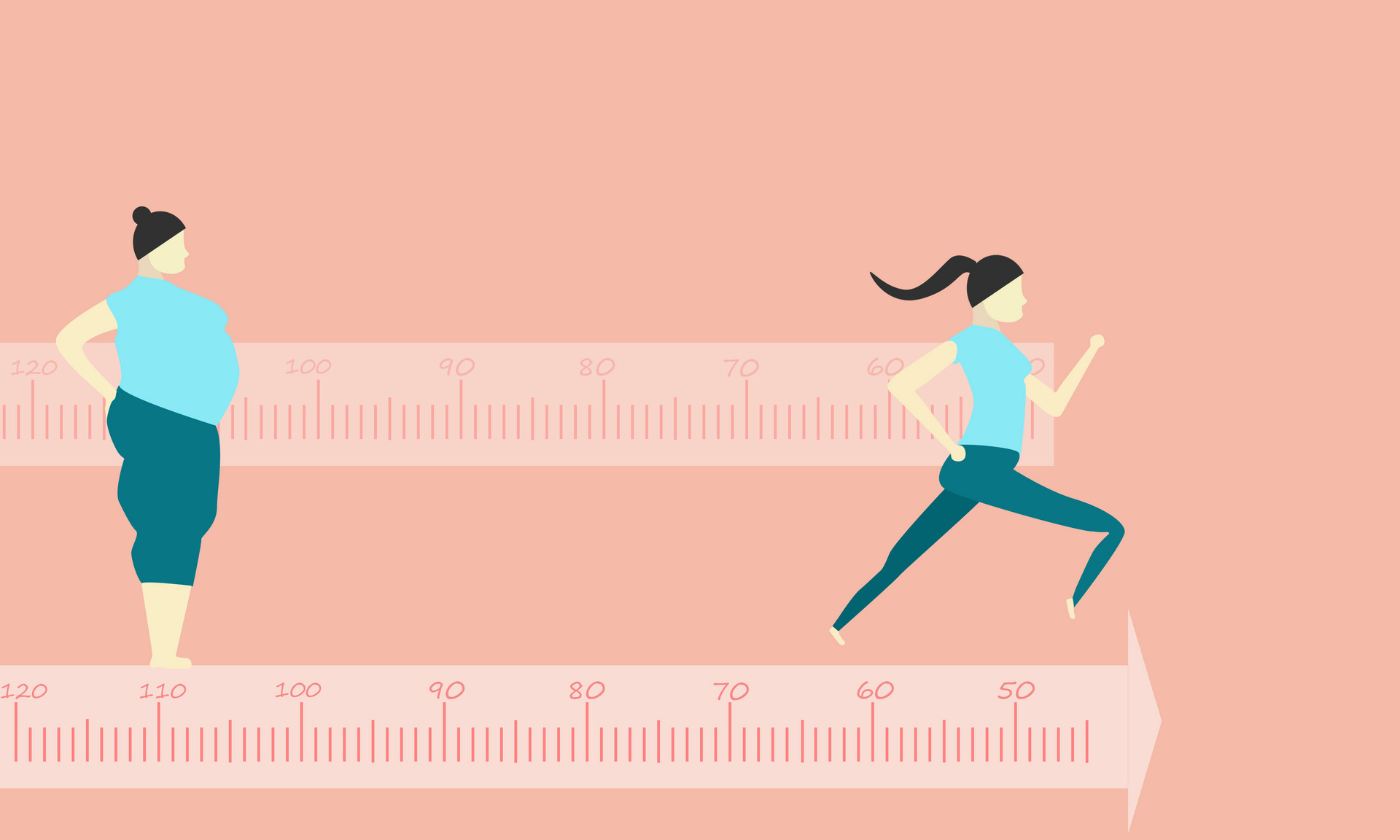School-age children are in a period of rapid physical growth, so it is important for them to have good meals three times a day for their physical development and learning.
Breakfast
Some children neglect breakfast and rush to school without eating or just eating something quickly after getting up late in the morning. This habit is not good. Breakfast is very important for children. Because they have already gone for about 12 hours since they had dinner at around 6 p.m. the previous day, and if they don't eat properly again in the morning, it will be 18 hours until lunchtime. Especially in the morning, children have intense learning activities. They usually have four classes in the morning, and listening to the classes requires brain power. There are also break time and physical education classes, which consume a lot of mental and physical energy. Children's liver cannot store a large amount of glycogen, so it cannot supply enough calories to the whole body in hunger. Therefore, children's breakfast should pay attention to its quality and choose high-calorie foods. If they eat less for breakfast, they may experience low blood sugar in the morning. Mild symptoms include lack of energy, sluggish thinking, and drowsiness during class; severe symptoms include unbearable hunger, dizziness, nausea, and excessive sweating.
Over time, the child's growth and development will be affected, their resistance will decrease, and their academic performance will gradually decline. Breakfast should not be as heavy as lunch, but eating too little cannot meet the energy needs of the morning activities. Therefore, breakfast should pay attention to its quality. It should include high-calorie and small-sized foods such as milk, eggs, shredded meat, soy milk, jam, butter, sesame paste, and bread. These foods have high fat and protein content, and after entering the body, they are digested slowly. The decomposed nutrients can gradually enter the blood, maintaining a stable glucose level in the blood and providing a feeling of fullness. This ensures sufficient energy supply in the morning, allows children to be energetic, clear-headed, and have high learning efficiency.
Lunch
There are 5-6 hours between lunch and dinner. If both parents work and cook after work, it may be delayed to 6-7 hours. During this time, children's learning and activities are still intense, and they still consume a lot of energy. Therefore, lunch is an opportunity for children to refuel their bodies and must be taken seriously. Snacks can be added after school.
The proportion of calorie supply in lunch is relatively large, and the supply of carbohydrates, proteins, and fats should be more. The staple food should be a combination of coarse grains and fine grains, and the side dishes should be a mixture of meat and vegetables to ensure a relatively comprehensive nutrition.
Dinner
It is a common practice in China to have a hearty dinner. Parents also believe that if the child hasn't eaten well for breakfast and lunch, they should have a hearty dinner in the evening when parents have time, hoping that the child will eat more. Children also have this mindset, thinking that they have finished their day of learning, so they can relax and have a big dinner. This is not good.
After dinner, children should engage in some light activities, such as doing homework or watching TV, which do not consume much energy and require less energy. They also go to bed 3-4 hours after dinner. If they eat too much, it will actually burden the digestive organs. Excessive nutrients from dinner are converted into fat due to less consumption, which can easily lead to obesity and is detrimental to the body. Of course, they should not eat too little either, so as not to feel hungry at 4-5 o'clock the next morning, which affects sleep. Eating to about 70% or 80% full is enough. For dinner, it is advisable to eat more starchy rice and grain foods, foods rich in protein and fat, as well as low-calorie, high-fiber foods such as vegetables and fruits.
To scientifically arrange the three meals a day for school-age children, breakfast should provide 30% of the total calories for the day, lunch should provide 40%, and dinner should provide 30%, following the principle of "3, 4, 3". This distribution can not only meet the needs of children's learning, physical activities, and labor throughout the day, but also adapt to children's physiological activities. As the saying goes, "Eat a good breakfast, eat a full lunch, eat a light dinner," it is reasonable and in line with scientific principles.












